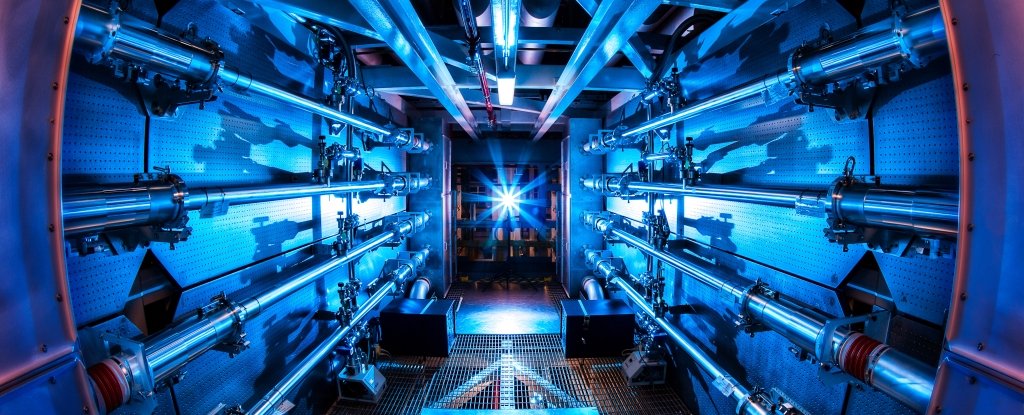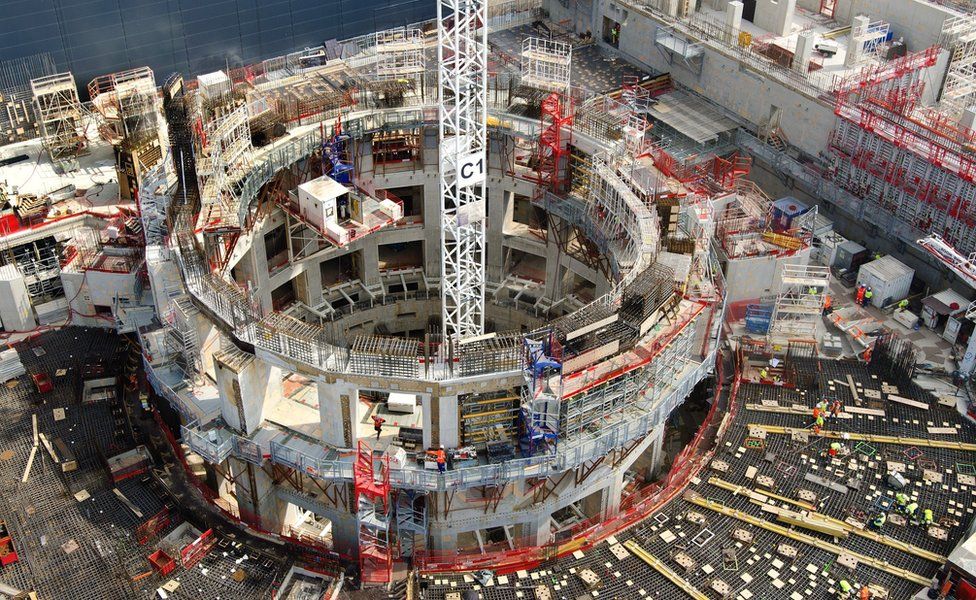- Joined
- Feb 3, 2016
- Messages
- 43,134
- Reaction score
- 16,114
- Gender
- Undisclosed
- Political Leaning
- Libertarian - Right
This just recently came out and it's pretty cool. I really hope it is true and that it develops even more. If we could ever figure out how to create truly unlimited power then I think a lot of our problems, on a global scale, would be reduced.
However, I'm also a cynic so I feel like either something was missed and it's not actually doing what is claimed somehow or it won't turn into lemon that's worth the squeeze. But...who knows? Here's to hoping.

 www.sciencealert.com
www.sciencealert.com
A major milestone has been breached in the quest for fusion energy.
For the first time, a fusion reaction has achieved a record 1.3 megajoule energy output – and for the first time, exceeding energy absorbed by the fuel used to trigger it.
Although there's still some way to go, the result represents a significant improvement on previous yields: eight times greater than experiments conducted just a few months prior, and 25 times greater than experiments conducted in 2018. It's a huge achievement.
Physicists at the National Ignition Facility at the Lawrence Livermore National Laboratory will be submitting a paper for peer review.
"This result is a historic step forward for inertial confinement fusion research, opening a fundamentally new regime for exploration and the advancement of our critical national security missions. It is also a testament to the innovation, ingenuity, commitment and grit of this team and the many researchers in this field over the decades who have steadfastly pursued this goal," said Kim Budil, director of the Lawrence Livermore National Laboratory.
However, I'm also a cynic so I feel like either something was missed and it's not actually doing what is claimed somehow or it won't turn into lemon that's worth the squeeze. But...who knows? Here's to hoping.

Finally, a Fusion Reaction Has Generated More Energy Than Absorbed by The Fuel
A major milestone has been breached in the quest for fusion energy.
A major milestone has been breached in the quest for fusion energy.
For the first time, a fusion reaction has achieved a record 1.3 megajoule energy output – and for the first time, exceeding energy absorbed by the fuel used to trigger it.
Although there's still some way to go, the result represents a significant improvement on previous yields: eight times greater than experiments conducted just a few months prior, and 25 times greater than experiments conducted in 2018. It's a huge achievement.
Physicists at the National Ignition Facility at the Lawrence Livermore National Laboratory will be submitting a paper for peer review.
"This result is a historic step forward for inertial confinement fusion research, opening a fundamentally new regime for exploration and the advancement of our critical national security missions. It is also a testament to the innovation, ingenuity, commitment and grit of this team and the many researchers in this field over the decades who have steadfastly pursued this goal," said Kim Budil, director of the Lawrence Livermore National Laboratory.

